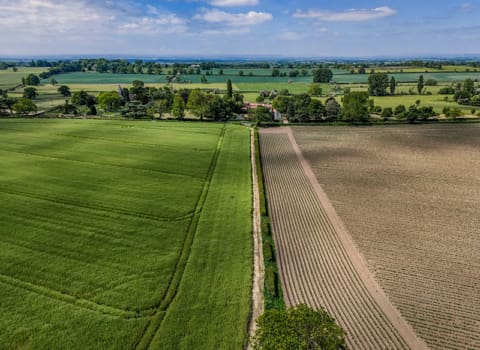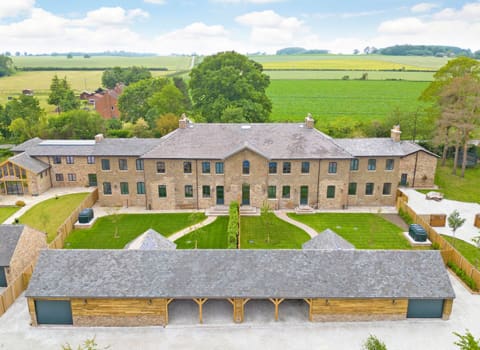Contact our offices
Main office
COLBURN
5 & 6 BAILEY COURT
COLBURN BUSINESS PARK
RICHMOND
NORTH YORKSHIRE
DL9 4QL
Estate Agency Offices are located in
BARNARD CASTLE, BOROUGHBRIDGE & RICHMOND
Residential Management Team
Our Offices
- Alnwick
01665 568310
Email Officealnwick@gscgrays.co.uk - Barnard Castle
01833 637000
Email Officebarnardcastle@gscgrays.co.uk - Boroughbridge
01423 590500
Email Officeboroughbridge@gscgrays.co.uk - Chester-Le-Street
0191 3039540
Email Officechester-le-street@gscgrays.co.uk - Colburn
01748 897630
Email Officecolburn@gscgrays.co.uk - Driffield
01377 337180
Email Officedriffield@gscgrays.co.uk - Hamsterley
01388 487000
Email Officehamsterley@gscgrays.co.uk - Hexham
01434 611565
Email Officehexham@gscgrays.co.uk - Kirkby Lonsdale
01524 880320
Email Officekirkbylonsdale@gscgrays.co.uk - Penrith
01768 597005
Email Officepenrith@gscgrays.co.uk

ELM – The new Environmental Land Management Scheme
The new Environmental Land Management scheme (ELM) will have two central objectives: to deliver environmental benefits and to tackle environmental challenges that are currently associated with agriculture.
Alongside this, DEFRA have some operational goals, including: the scheme should be less prescriptive, have a straightforward application process, deliver attractive payments, be supported by good advice and up to date best practice guidance, and enforcement should be more proportionate. The challenge for the team in charge of developing ELM is how to move those ambitions from paper into practice.
There are currently 42 ELM test projects underway and a further 27 in the pipeline, one of which is being managed by GSC Grays. These projects will inform the design of new pilot schemes that will begin from 2021, whilst ELM is scheduled to be widely available from 2024. Here is what we know about the proposed scheme design so far:
The scheme will have 3 Tiers:
• Tier 1 will be broadly accessible, focussed on a set of standards, or a list of options, that the majority of farmers could adopt.
• Tier 2 will also support the delivery of a wide range of environmental benefits, it will take into account local priorities and ‘spatial targeting’, to ensure that the ‘right things are delivered in the right places’ and will reward collaboration between holdings.
• Tier 3 will focus on the delivery of ambitious, landscape scale, land use change projects, that contribute towards government targets for net zero emissions and nature recovery.
Tier 1 will partly be a tool to raise environmental standards industry-wide, ahead of an expected rise in the regulatory baseline; the scheme could initially support measures that in future will become compulsory, which means that the scope of Tier 1 support will evolve alongside regulation. Payment methods will differ depending on which Tier you enter; Tier 1 payments could be set using ‘income foregone’ methods similar to those used for CSS, whilst Tiers 2 and 3 are more likely to make use of new approaches such as reverse auctions or payment by results. Tier 3 projects could use ‘blended finance’ – combining public and private sources of funding.
DEFRA are working on new approaches to monitor and enforce ELM, which could include using remote sensing technology and self-assessment.
For more detailed information, or if you have any questions on the ELM scheme, please contact:









